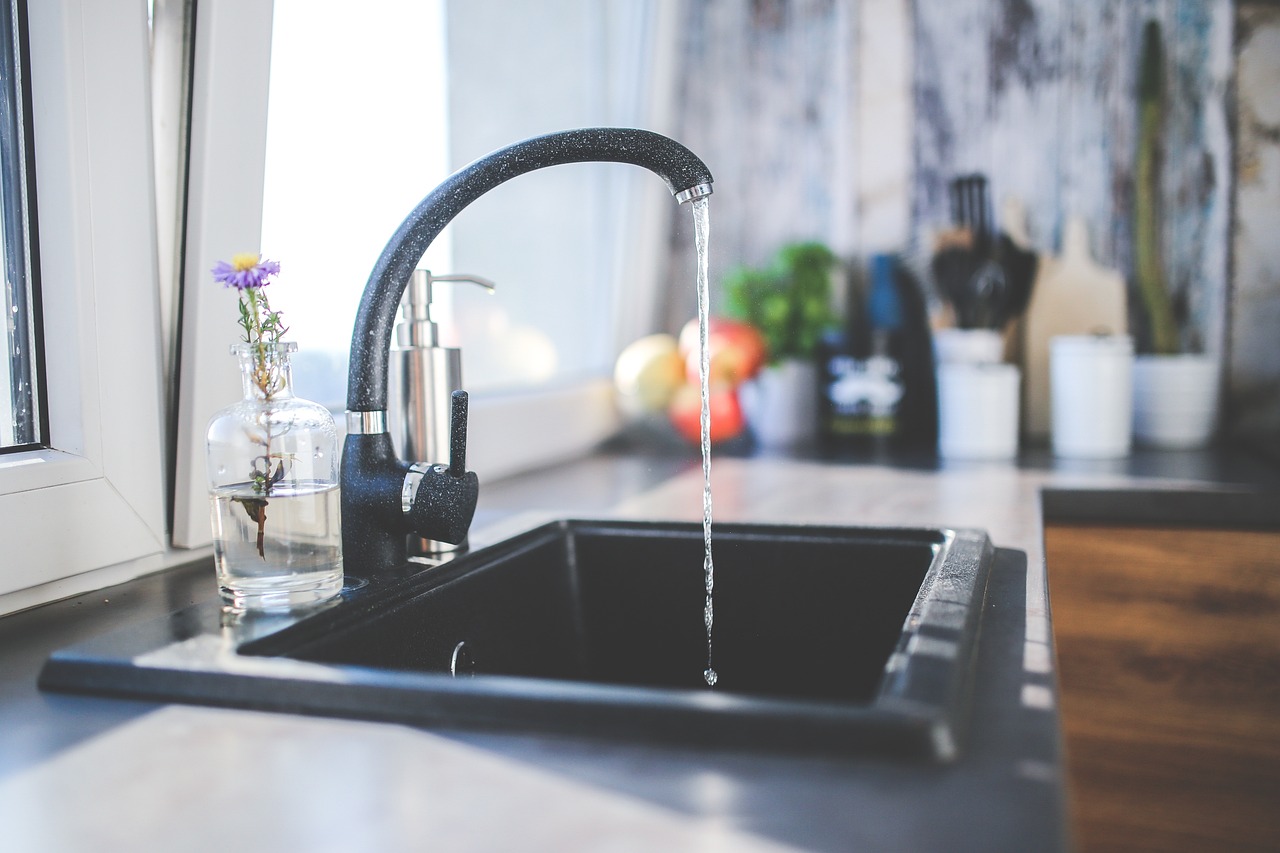Introduction:
A leaky kitchen faucet can be a major annoyance, leading to water wastage and increased utility bills. The two primary reasons for faucet leaks are damaged or aged sealing components and improperly sealed pipe connections. This article aims to provide practical solutions to help you tackle these issues and ensure a leak-free, efficient kitchen faucet.
Identifying the Source of the Leak:
The first step in resolving a leaky faucet issue is determining the source of the leak. Carefully inspect your kitchen faucet, including the faucet body, handle, and pipe connections, to identify the leaking area. This will help you pinpoint the problem and determine the most effective solution.
Replacing Damaged or Aged Sealing Components:
If the leak is due to damaged or aged sealing components, such as washers, O-rings, or cartridges, you’ll need to replace them to fix the problem. Here’s how:
a. Turn off the water supply to the faucet to prevent water from gushing out during the repair process.
b. Disassemble the faucet by removing the handle and any other components that may be obstructing access to the sealing parts.
c. Identify the damaged or aged sealing components and take note of their size and type. It’s best to bring these parts to the hardware store when purchasing replacements to ensure you get the right ones.
d. Replace the damaged or aged sealing components with new ones, making sure they fit securely and correctly.
e. Reassemble the faucet and turn the water supply back on to test the repair.
Properly Sealing Pipe Connections:
If the leak is originating from the pipe connections, you’ll need to ensure they are properly sealed. Follow these steps:
a. Turn off the water supply to the faucet.
b. Inspect the pipe connections for any visible signs of damage or wear. If necessary, replace the pipes or fittings.
c. Clean the connecting surfaces of the pipes and fittings to remove any debris or residue that may be preventing a proper seal.
d. Apply a suitable sealing material, such as plumber’s tape or thread sealant, to the connecting surfaces. Make sure to follow the manufacturer’s instructions for the proper application of the sealing material.
e. Tighten the connections securely, being careful not to overtighten them, as this can cause damage to the pipes or fittings.
f. Turn the water supply back on and check for any leaks. If the leak persists, repeat the sealing process or consult a professional plumber for further assistance.
Conclusion:
By following these steps, you can effectively resolve leaky kitchen faucet issues caused by damaged or aged sealing components or improperly sealed pipe connections. A leak-free, efficient kitchen faucet will not only save water but also help reduce your utility bills. Remember, regular faucet maintenance is essential for ensuring the longevity and optimal performance of your kitchen faucet. Don’t hesitate to consult a professional plumber if you’re unsure about any aspect of the repair process or if the problem persists despite your efforts.
